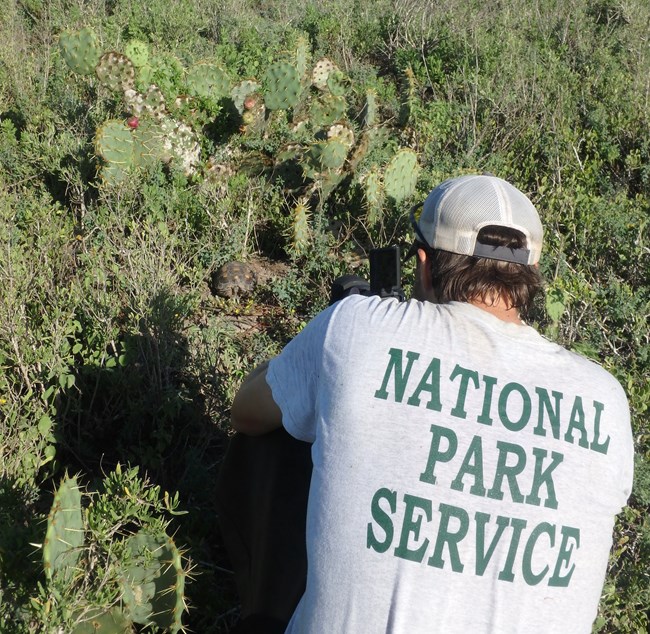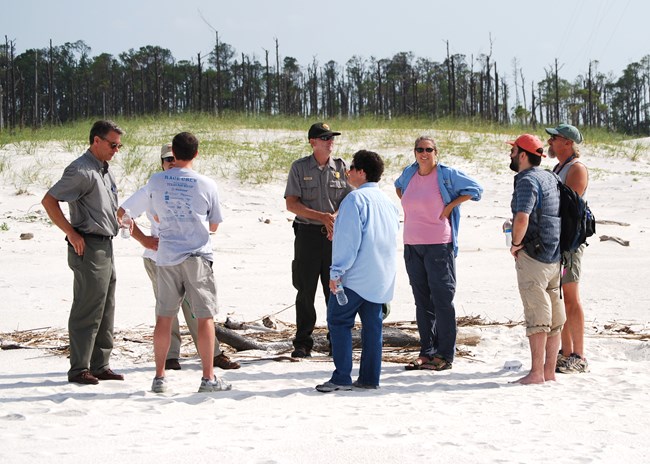
Photo by F. Barato Speyrer/NPS
The National Park Service is tasked with managing park resources “unimpaired for the enjoyment of future generations." Yet to achieve this, park managers must know the conditions of their park’s natural resources—past and present—over the long term. To meet this need, a long-term ecological monitoring program was initiated in 1999, known as “Vital Signs Monitoring,” with the goal of tracking key biological processes within parks in a rigorous and repeatable way and thus providing a solid scientific basis for park management decisions. In a foundational document published in 2009 in the journal Environmental Monitoring and Assessment, Steve Fancy and colleagues outlined the specific goals of the program as:
- To determine the status and trends of selected indicators of park ecosystems" for improved decision making and collaboration;
- To provide early warning of abnormal conditions" to allow for timely mitigation and reduced management costs;
- To provide data to better understand" dynamic park ecosystems and serve as reference points;
- To provide data to meet certain legal and Congressional mandates; and
- To provide a means of measuring progress toward performance goals.
The Inventory and Monitoring Division consists of 32 networks encompassing over 270 national park lands throughout the United States. Each network office monitors between three and twenty-one parks. They all follow the same general approach as is described here for the Gulf Coast Network.
The I&M approach begins with both strategic planning and documentation of the current status of park natural resources. Initial documentation is based both on existing sources (published and unpublished) and a series of inventories conducted for the network and parks, which contribute to park species lists, inventory reports, maps of plant communities and descriptions of other biological resources. These inventories serve as a snapshot in time of the flora, fauna and processes on parks, creating a solid foundation for subsequent monitoring work.

GULN/NPS
Next, the network designs a monitoring program around the top several vital signs on the list. After the monitoring design is tested and finalized, the network writes a monitoring protocol that describes how data are collected, managed, analyzed, and reported.
After data collection is underway, the network enters data into databases specifically designed for each vital sign. During and after data entry, data are subjected to rigorous checks for accuracy and logicalness, following protocol-specific routines for quality assurance and quality control. Once these checks are complete, data can be made publicly available on the Integrated Resource Management Applications (IRMA) portal.
Finally, at set intervals of one to several years, networks perform in-depth statistical analyses and present their findings in reports to the parks and the public. These reports include management recommendations whenever possible.

Photo by F. Speyrer/NPS
Last updated: September 29, 2025
